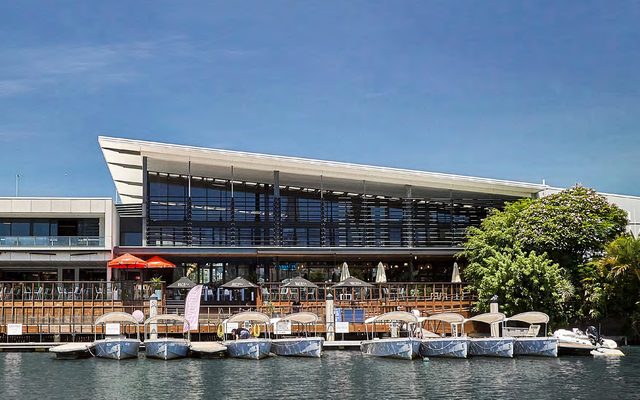This article is from the Australian Property Journal archive
APPROVALS for foreign investment into Australian residential real estate fell by 37.8% over the 2020-21 period, as foreign demand for the sector diminishes.
According to the Foreign Investment Review Board (FIRB) annual report for 2020-21, there were a total of 4,382 residential approvals made, dropping significantly from the previous 12 months and continuing the trend seen since the 2015-16 period.
Approvals for residential real estate made up just 4% of approvals in the 2020-21 period by industry sector, compared with 35% for commercial real estate. That’s $10.4 billion, compared to commercial’s $82 billion
While approvals for commercial real estate more than doubled in value from the 2019-20 period, from $39.4, residential real estate saw a $6.7 billion drop from $17.1 billion in the same period.
FIRB attributes this ongoing declines in interest in Australian residential real estate from foreign investors to a tightening of domestic credit, increased restrictions on capital transfers in investors home nations and increases in state taxes and foreign resident stamp duty and the consideration of foreign investment application fees.
This is in addition to the introduction of an EC, that leaves one approval required for individuals looking at a number of properties with the intention to purchase only one.
By state and territory Victoria received the lion’s share of foreign investment approvals— both developed and for development— accounting for 37% or 1,619 approvals, followed by Queensland with 21% or 930.
With a combined 58%, this marks a significant shift in where investment is being approved, with the 2019-2020 period seeing 62% of all approvals received by Victoria and NSW.
Though the value of approvals in NSW remained largely stable at $1.7 billion, while Victoria saw a decline in value of 25.7% to $2.6 billion.
Across the rest of the country, NSW still made up 17% or 730 approvals, WA following with 8% or 336, both the ACT and SA accounted for 7% a pop with 282 and 286 respectively, Tasmania accounted for 3% or 124 and NT with 1% or 24.
By value NSW was still the second greatest receiver of investment, followed by Queensland with $0.7 billion.
Over the period, there were 3,026 approvals in the sector in property for development, which is anticipated to boost supply in line with the country’s policy, while 661 approval were made for existing residential property.
This represents $8.8 billion in approvals ‘for development’ and $0.8 billion for existing residential assets.




